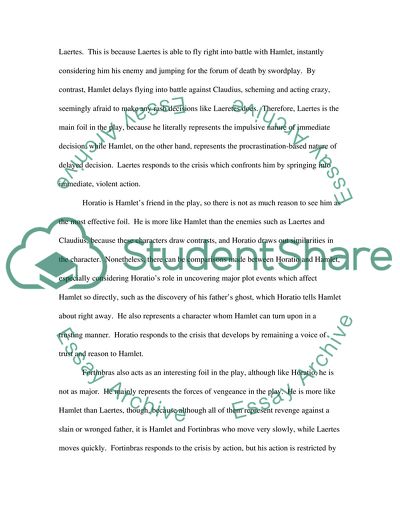Cite this document
(Gatsby and Hamlet Assignment Example | Topics and Well Written Essays - 2000 words, n.d.)
Gatsby and Hamlet Assignment Example | Topics and Well Written Essays - 2000 words. Retrieved from https://studentshare.org/literature/1725129-essays
Gatsby and Hamlet Assignment Example | Topics and Well Written Essays - 2000 words. Retrieved from https://studentshare.org/literature/1725129-essays
(Gatsby and Hamlet Assignment Example | Topics and Well Written Essays - 2000 Words)
Gatsby and Hamlet Assignment Example | Topics and Well Written Essays - 2000 Words. https://studentshare.org/literature/1725129-essays.
Gatsby and Hamlet Assignment Example | Topics and Well Written Essays - 2000 Words. https://studentshare.org/literature/1725129-essays.
“Gatsby and Hamlet Assignment Example | Topics and Well Written Essays - 2000 Words”, n.d. https://studentshare.org/literature/1725129-essays.


